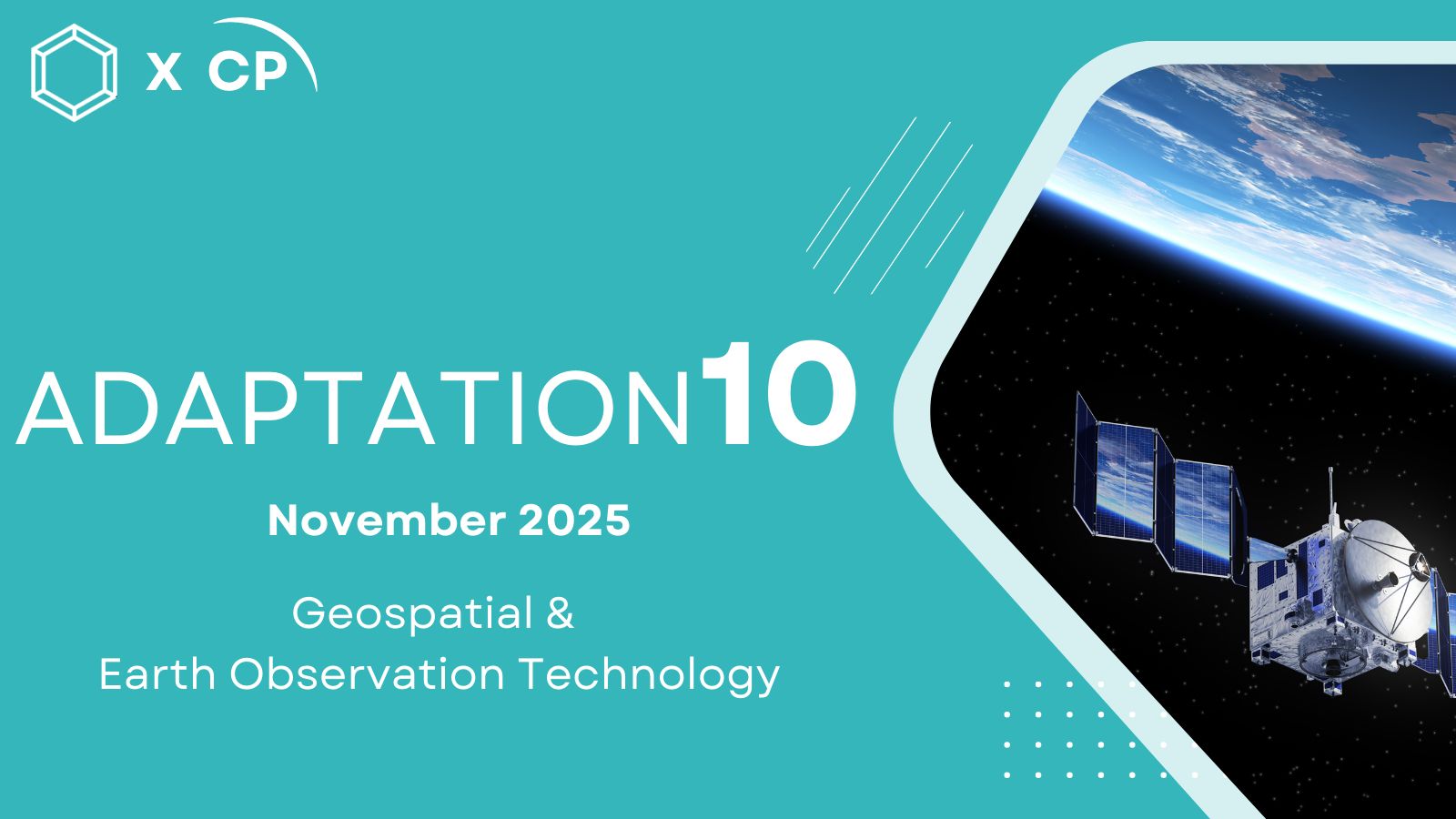
When we talk about climate adaptation, the conversation often jumps straight to hands-on interventions: building flood barriers, reinforcing coastlines, cooling cities, and storm-proofing houses. We think about projects we can see and touch — where the impact is tangible.
But just as important is the step taken before these interventions. After all, for physical adaptations to be effective, we first need to understand where to adapt, how to adapt, and when to adapt.
For this we need data. To be specific, geospatial data. This is information on objects, areas, and events on or near the earth’s surface. The insights unlocked by such data are essential to adaptation. Just take the example of flooding. Research shows that flood risks can be modeled in advance by looking at soil water content and groundwater levels. Similarly, wildfires may be predicted using data on vegetation moisture levels and dry fuel load. Urban heat island effects can be forecast with information on building materials and density, and so on.
Geospatial data for adaptation is being created by a large — and growing — array of Earth Observation (EO) companies, leveraging a host of remote sensing and space-based technologies. These enterprises are gathering and refining information across vast geographies at ever-finer resolutions, covering everything from the soil health of arable land to the erosion of storm-battered coastlines.
👋 Hi there, Climate Proof subscribers!
Your favorite adaptation publication is soon to launch a new-and-improved version of the Adaptation & Resilience Innovation Search Engine (ARISE), an interactive database of adaptation companies for investors, consultants, and entrepreneurs.

We’re inviting eager members to join the beta test and help shape the product before its public launch.
Interested?
📹 Watch the demo HERE
Join the beta test by emailing [email protected]
Increasingly, this geospatial data is being fused with AI-powered applications to create hyper-local climate risk forecasts, or to game out the effectiveness of potential adaptations under various scenarios. At the same time, a wave of start-ups has emerged to transform this complex data into information that decision-makers in various businesses can actually understand and act on: from farmers to flood managers.
The sheer range of use-cases for geospatial data, and the attractive revenue models these entail, has made EO one of the most hyped areas in climate adaptation investing. Indeed, with the IPO of San Francisco-based Planet Labs in 2021, the adaptation-related EO sector can even boast a multi-billion dollar success story. The recent acquisition of Sust Global by ISS Stoxx is another momentum indicator.
The EO and geospatial ecosystem is evolving at a rapid pace, and it’s only likely to accelerate. The advance of AI is unlocking myriad capabilities and applications for geospatial data that would have been infeasible only a few short years ago. In addition, so-called hyperscalers like Google are making major investments in the space, lending their vast resources to a rising wave of innovation.
In this edition of Adaptation10, we highlight a small sample of the EO and geospatial data providers in the climate adaptation niche to better illustrate the sector’s potential.
The complete edition of this month’s Adaptation10 report — with profiles of 10 companies in geospatial data and Earth Observation tech — is exclusively available to paying members.
🔎Check out the teaser version below, then upgrade HERE and head to the Adaptation10 page to access the full report.
Interested in sponsoring a future edition of Adaptation10? Then get in touch here👇
Thanks for reading!
Louie Woodall & Daniel Schmitz-Remberg



